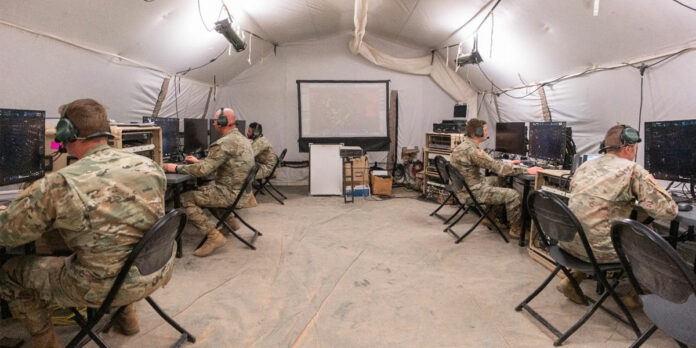HUNTSVILLE — Northrop Grumman’s Integrated Battle Command System completed the final, demanding assessment, during its recent Operational Test and Evaluation.
This was the final test before the Army decides to move the program from low-rate initial production to full-rate production. The decision would allow the system to be fielded around the world, according to Northrop Grumman.
The system began its flight tests in January at White Sands Missile Range. Throughout the 10-month period, soldiers operated the IBCS in attack and defense scenarios under realistic operating conditions. The system was stressed as never before, Northrop Grumman said, while under scrutiny by Army independent evaluators.
“Throughout (the test and evaluation), we’ve shown how IBCS enables the warfighter to make more informed and faster decisions,” said Christine Harbison, vice president and general manager, combat systems and mission readiness, Northrop Grumman. “IBCS is ready for today’s threats and those of the future, making Joint All-Domain Command and Control a reality.”
During the tests, the system detected, tracked, and intercepted threats that included a high-speed, high-performance tactical ballistic missile and two cruise missile surrogates during a high-stress electronic attack.
Once fielded, IBCS will extend the battlespace, enabling the warfighter to quickly see and act on data across the entire battlefield.
Inside the Integrated Battle Command System operations center at White Sands Missile Range, New Mexico. [Source: U.S. Army]
Don’t miss out! Subscribe to our email newsletter to have all our smart stories delivered to your inbox.



